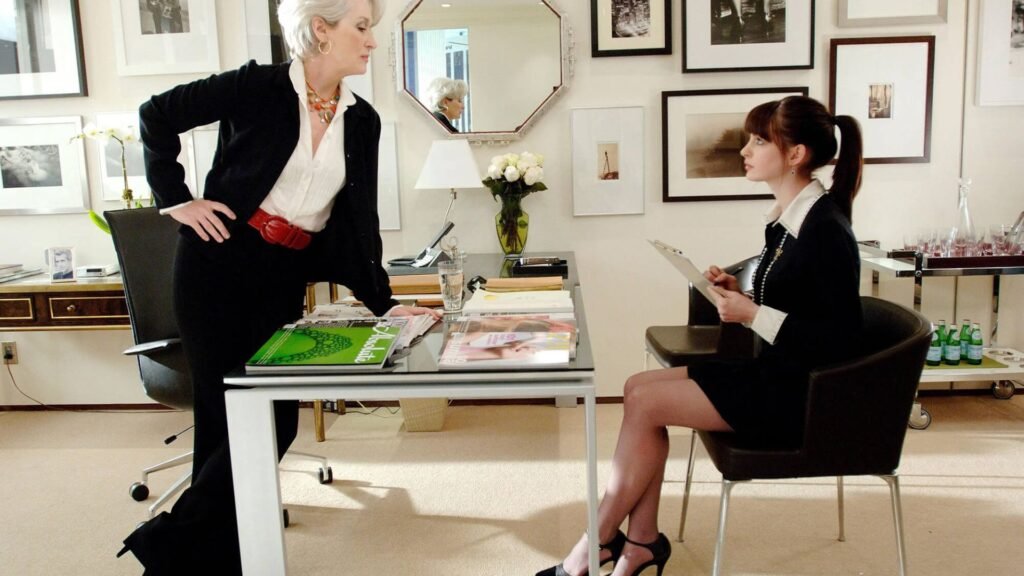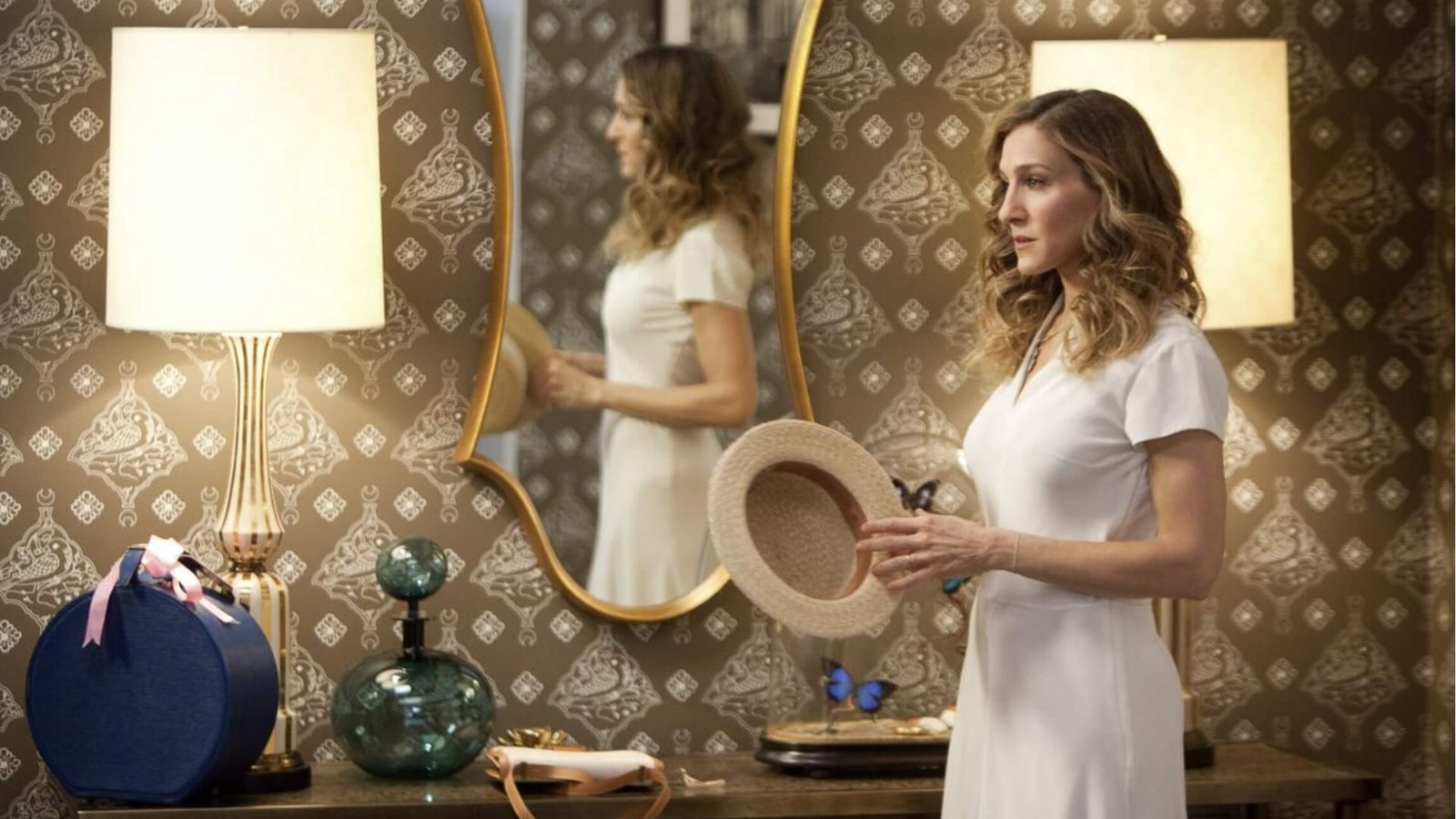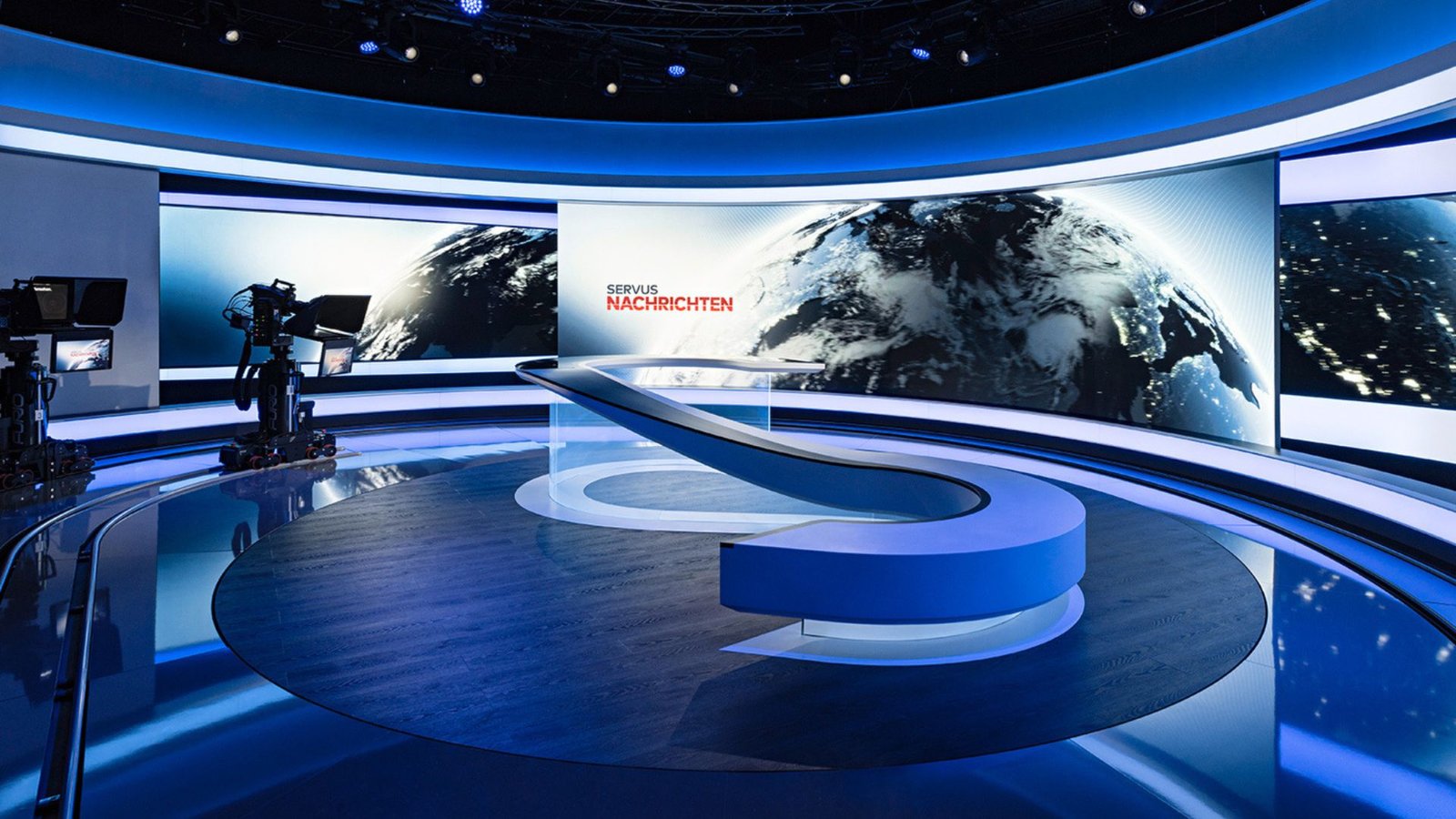Set design plays a crucial role in film, theater, and television, shaping the viewer’s experience and supporting the narrative. A well-designed set not only creates a believable world but also enhances storytelling by reflecting themes, emotions, and character dynamics. Here’s how to design sets that effectively enhance storytelling:

Understand the Script and Story
Analyze the Narrative: Before starting the design process, thoroughly understand the script and story. Identify key themes, character traits, and emotional tones that need to be conveyed through the set. Consider how the setting influences the plot and character interactions.
Character Reflection: Design sets that reflect the personalities and development of characters. For instance, a cluttered, chaotic room might represent a character’s tumultuous state of mind, while a meticulously organized space could signify control and order.
Create a Visual Style
Develop a Design Concept: Establish a visual style that complements the story’s tone and genre. Whether it’s a gritty urban environment or a fantastical world, ensure the design concept aligns with the narrative’s overall aesthetic.
Color and Texture: Use color schemes and textures to evoke specific moods and atmospheres. Warm colors might suggest comfort and familiarity, while cold colors could create a sense of alienation or danger.
Focus on Functional Design
Ensure Practicality: While visual appeal is important, functionality is key. The set should be designed to accommodate the actors’ movements and the technical requirements of filming or staging. Ensure there is enough space for camera equipment, lighting, and crew.
Integrate Design with Action: Design sets that facilitate the action and interactions of characters. Consider how set elements can be used in scenes, such as doors, windows, or furniture, to enhance the storytelling and contribute to the plot.
Use Symbolism and Metaphor
Incorporate Symbolic Elements: Use design elements symbolically to reinforce themes and messages. For example, a dilapidated house might symbolize a character’s internal decay or conflict.
Create Metaphorical Spaces: Design sets that act as metaphors for the story’s central ideas. For instance, a character’s journey could be reflected in their changing environment, from a confined space to an expansive landscape.
Collaborate with the Team
Work with Directors and Writers: Collaborate closely with the director and writers to ensure the set design aligns with their vision. Regular communication helps integrate the set seamlessly into the overall production.
Coordinate with Other Departments: Ensure that the set design complements costumes, lighting, and props. Coordination with other departments ensures a cohesive look and feel across the production.
Emphasize Details and Authenticity
Incorporate Authentic Details: Pay attention to details that add authenticity to the set. Realistic props, accurate historical elements, or authentic materials contribute to a believable environment.
Enhance Immersion: Small details, such as personal items in a character’s home or specific decor elements, can make the set feel lived-in and enhance the audience’s immersion in the story.
Adapt and Revise
Be Flexible: Be prepared to adapt the design based on feedback from directors, actors, or other team members. Flexibility allows for adjustments that enhance storytelling and resolve practical issues.
Iterate on Design: Iterate on the design through sketches, models, or digital tools to refine the look and functionality. Test how the set works with lighting and camera angles to ensure it supports the narrative effectively.
Conclusion
Designing sets that enhance storytelling involves a deep understanding of the narrative, a creative visual approach, and practical considerations. By reflecting characters and themes, using symbolism, and collaborating effectively, set designers can create environments that elevate the storytelling experience and immerse audiences in the world of the production.




